-
 Bitcoin
Bitcoin $111100
0.49% -
 Ethereum
Ethereum $4304
0.21% -
 XRP
XRP $2.888
2.36% -
 Tether USDt
Tether USDt $0.9999
-0.03% -
 BNB
BNB $879.1
1.62% -
 Solana
Solana $207.9
2.67% -
 USDC
USDC $0.9998
-0.01% -
 Dogecoin
Dogecoin $0.2320
7.05% -
 TRON
TRON $0.3306
0.59% -
 Cardano
Cardano $0.8407
1.68% -
 Hyperliquid
Hyperliquid $48.50
3.55% -
 Chainlink
Chainlink $22.52
0.46% -
 Ethena USDe
Ethena USDe $1.001
-0.02% -
 Sui
Sui $3.395
0.74% -
 Bitcoin Cash
Bitcoin Cash $602.5
0.82% -
 Stellar
Stellar $0.3645
1.67% -
 Avalanche
Avalanche $24.82
0.93% -
 Hedera
Hedera $0.2211
0.99% -
 UNUS SED LEO
UNUS SED LEO $9.606
0.00% -
 Cronos
Cronos $0.2583
-2.44% -
 Litecoin
Litecoin $113.7
0.82% -
 Toncoin
Toncoin $3.094
0.39% -
 Shiba Inu
Shiba Inu $0.00001254
1.50% -
 Polkadot
Polkadot $4.040
4.96% -
 Uniswap
Uniswap $9.429
0.08% -
 Dai
Dai $0.9999
-0.01% -
 Ethena
Ethena $0.7629
3.04% -
 World Liberty Financial
World Liberty Financial $0.2111
-13.16% -
 Monero
Monero $269.9
0.50% -
 Aave
Aave $300.9
-0.41%
What is a "unit of account"?
Stablecoins like USDT and DAI aim to make crypto a reliable unit of account by offering price stability, enabling consistent valuation in DeFi and NFT markets.
Sep 08, 2025 at 07:01 pm
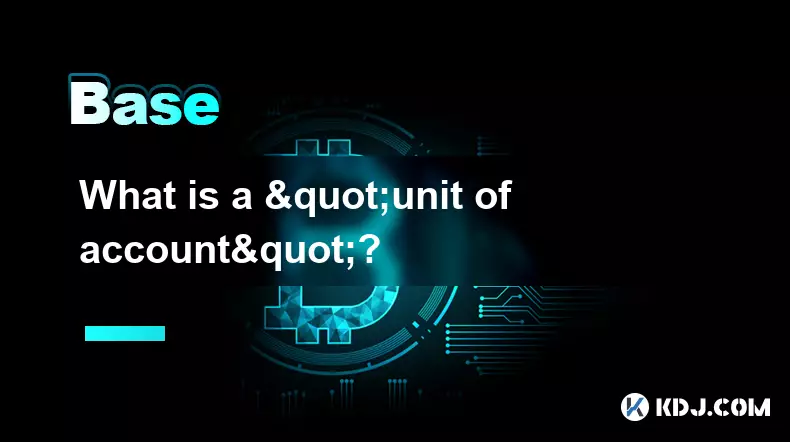
Understanding the Concept of a Unit of Account in Cryptoeconomics
1. A unit of account is a standardized measurement used to assign value to goods, services, assets, or debts. In traditional finance, currencies like the US dollar or euro serve this function by allowing people to compare prices and make economic decisions. Within the cryptocurrency space, digital assets attempt to fulfill a similar role, though volatility often challenges their effectiveness.
2. Cryptocurrencies such as Bitcoin and Ethereum are frequently treated as stores of value or mediums of exchange, but their use as a consistent unit of account remains limited. Due to rapid price swings, merchants and users may quote prices in crypto but mentally convert them to fiat to assess real-world value. This reliance on fiat benchmarks highlights the ongoing struggle for crypto to function independently as a true unit of account.
3. Stablecoins were developed to address this gap. By pegging their value to stable assets—typically the US dollar—tokens like USDT, USDC, and DAI offer the predictability needed for pricing and accounting. These digital assets are increasingly used in decentralized finance (DeFi) platforms as the standard by which interest rates, loan values, and collateral are measured.
4. In blockchain-based markets, such as NFT platforms or prediction markets, a stable unit of account enables clearer valuation. When an NFT is listed for 100 DAI instead of 0.05 ETH, buyers can more easily assess its worth without recalculating based on fluctuating exchange rates. This consistency supports transparency and trust in peer-to-peer transactions.
5. Despite progress, the reliance on fiat-backed stablecoins raises questions about decentralization. Some projects aim to create algorithmic or crypto-collateralized units of account that maintain stability without direct ties to traditional currencies. These experiments are critical to the long-term viability of blockchain ecosystems operating independently of centralized financial systems.
The Role of Stablecoins in Establishing Price Stability
1. Stablecoins anchor digital transactions to familiar monetary values, reducing the cognitive load on users. When traders on decentralized exchanges denominate liquidity pool shares or yield returns in USD-pegged tokens, they can make informed decisions without constant price conversion.
2. Protocols built on Ethereum and other smart contract platforms often use stablecoins as the default unit for financial operations. Lending platforms like Aave or Compound quote borrowing limits, interest accruals, and repayment obligations in USDC or DAI, ensuring clarity across global user bases.
3. Price oracles, which feed real-world data into blockchain systems, frequently report values in stablecoin terms. This standardization allows automated smart contracts to execute based on reliable benchmarks, minimizing the risk of errors due to crypto volatility.
4. Merchant adoption of cryptocurrency payments improves when pricing is stable. Businesses integrating crypto payment processors often choose to receive settlements in stablecoins, protecting themselves from sudden drops in asset value between transaction and conversion.
5. Cross-border remittances benefit from stable units of account by offering recipients predictable value. Sending 500 USDT to a family member ensures the intended purchasing power is preserved, unlike sending volatile assets whose worth could change dramatically within hours.
Challenges in Achieving a Decentralized Unit of Account
1. Algorithmic stablecoins, which maintain parity through supply adjustments rather than collateral, have faced repeated failures. The collapse of Terra’s UST in 2022 demonstrated the fragility of such models when market confidence erodes, undermining trust in non-collateralized units of account.
2. Regulatory scrutiny targets stablecoin issuers, especially those holding fiat reserves. Authorities demand transparency in reserve composition and audit practices, creating compliance burdens that may limit innovation or push development into less regulated jurisdictions.
3. Overreliance on a single fiat currency, like the US dollar, introduces systemic risk. If the dollar weakens significantly or faces geopolitical restrictions, dollar-pegged stablecoins could lose credibility, disrupting their function across global crypto markets.
4. Network congestion and transaction fees on major blockchains can undermine the practicality of using stablecoins for microtransactions. High gas costs on Ethereum during peak usage periods make small-value transfers economically unfeasible, limiting the utility of even stable units.
5. Competition among stablecoin providers leads to fragmentation. Different tokens with similar pegs but varying levels of transparency, backing, and adoption create confusion, making it harder for any single asset to emerge as a dominant unit of account.
Frequently Asked Questions
What makes a cryptocurrency suitable as a unit of account?A cryptocurrency must exhibit low volatility, widespread acceptance, and consistent purchasing power over time. Stability is essential so that prices remain meaningful across days or weeks. Without these traits, users revert to fiat currencies for valuation, limiting the crypto’s role as an independent unit of account.
Can Bitcoin ever function as a unit of account?Currently, Bitcoin’s high volatility prevents it from serving effectively as a unit of account. While some vendors accept BTC for payments, pricing is typically derived from fiat equivalents at the time of transaction. For Bitcoin to fulfill this role, its price would need to stabilize significantly, which contradicts its current perception as a speculative or scarce asset.
How do decentralized applications use units of account?DeFi platforms use stablecoins to define interest rates, collateral ratios, and debt positions. For example, a lending protocol might require 150% collateralization in ETH valued against a loan denominated in DAI. This setup allows precise risk management and automated liquidations based on real-time price feeds.
Are there non-USD-backed units of account in crypto?Yes, some projects aim to create value-stable tokens tied to baskets of assets or inflation indices. Examples include tokens pegged to the Consumer Price Index (CPI) or commodities like gold. These alternatives seek to offer stability without dependency on any single fiat currency, though adoption remains limited compared to dollar-pegged stablecoins.
Disclaimer:info@kdj.com
The information provided is not trading advice. kdj.com does not assume any responsibility for any investments made based on the information provided in this article. Cryptocurrencies are highly volatile and it is highly recommended that you invest with caution after thorough research!
If you believe that the content used on this website infringes your copyright, please contact us immediately (info@kdj.com) and we will delete it promptly.
- XRP Teleport to $6? Analyzing the Hype and Reality
- 2025-09-08 20:45:18
- PEPD vs. SHIB: The Meme Coin Showdown of 2025
- 2025-09-08 21:25:16
- BlockchainFX: The Presale with High ROI That's Got Everyone Talking
- 2025-09-08 21:05:12
- Shiba Inu, Pepe Dollar, Analysts: The Meme Coin Evolution
- 2025-09-08 21:25:16
- Bitcoin Demand Shifts: Why HYPER Token Presale is Booming
- 2025-09-08 21:05:12
- Meme Coins in 2025: Underdogs Set to Outperform the Market?
- 2025-09-08 20:30:12
Related knowledge
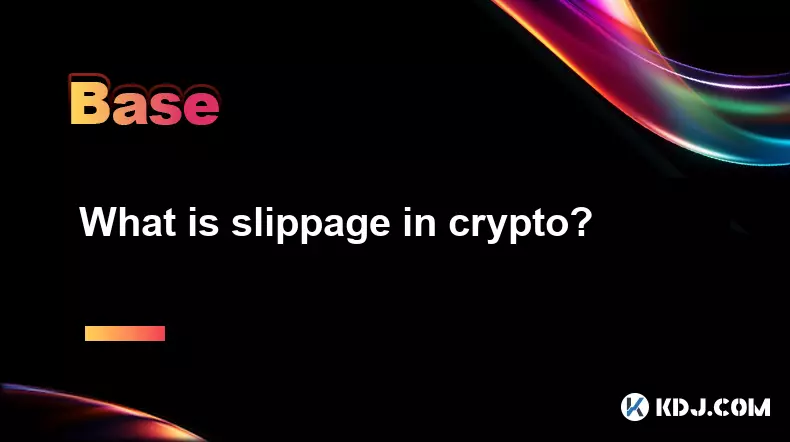
What is slippage in crypto?
Sep 08,2025 at 08:55pm
Understanding Slippage in Cryptocurrency Trading1. Slippage refers to the difference between the expected price of a trade and the actual price at whi...
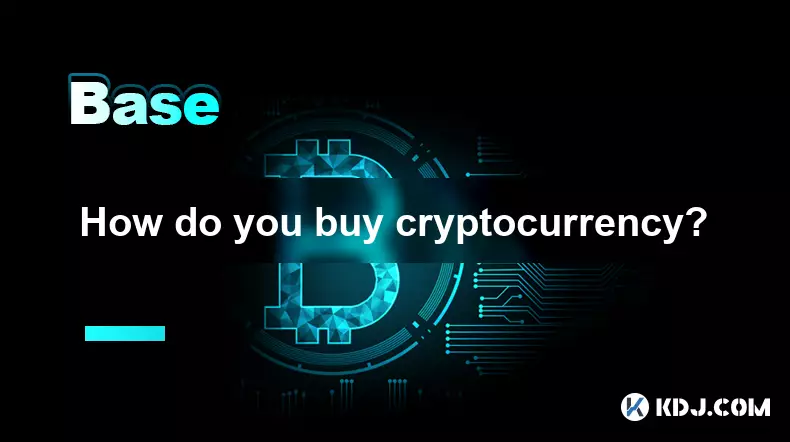
How do you buy cryptocurrency?
Sep 08,2025 at 07:54pm
Understanding the Basics of Cryptocurrency Purchases1. To buy cryptocurrency, you must first choose a reliable digital currency exchange. Platforms li...
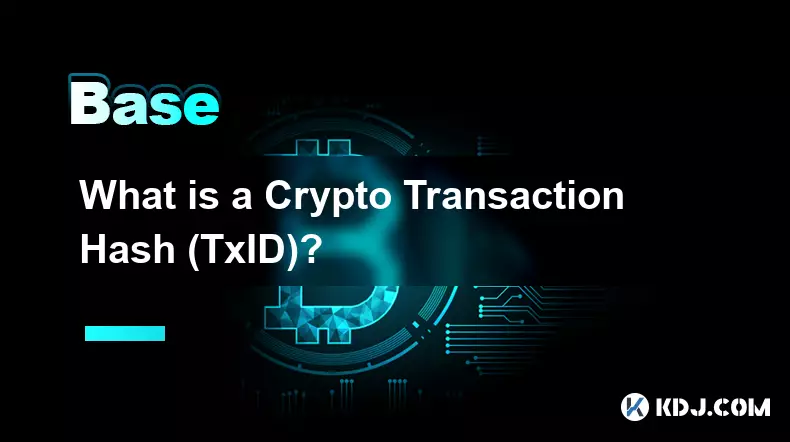
What is a Crypto Transaction Hash (TxID)?
Sep 07,2025 at 01:18pm
Understanding the Role of a Crypto Transaction Hash1. A crypto transaction hash, often referred to as TxID, is a unique identifier generated when a tr...

What is On-Chain and Off-Chain Data?
Sep 07,2025 at 04:55pm
Understanding On-Chain Data1. On-chain data refers to all information that is recorded directly on a blockchain. Every transaction, smart contract exe...
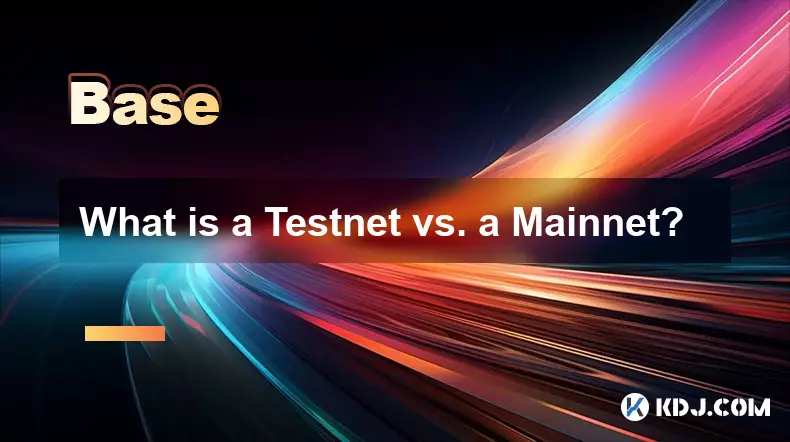
What is a Testnet vs. a Mainnet?
Sep 08,2025 at 05:55am
Understanding the Core Differences Between Testnet and Mainnet1. A Testnet is a parallel blockchain network used exclusively for testing purposes. Dev...

How to do Your Own Research (DYOR) in Crypto?
Sep 08,2025 at 08:00am
Understanding the Foundations of Crypto Projects1. Every cryptocurrency project starts with a foundational whitepaper. This document outlines the tech...

What is slippage in crypto?
Sep 08,2025 at 08:55pm
Understanding Slippage in Cryptocurrency Trading1. Slippage refers to the difference between the expected price of a trade and the actual price at whi...

How do you buy cryptocurrency?
Sep 08,2025 at 07:54pm
Understanding the Basics of Cryptocurrency Purchases1. To buy cryptocurrency, you must first choose a reliable digital currency exchange. Platforms li...

What is a Crypto Transaction Hash (TxID)?
Sep 07,2025 at 01:18pm
Understanding the Role of a Crypto Transaction Hash1. A crypto transaction hash, often referred to as TxID, is a unique identifier generated when a tr...

What is On-Chain and Off-Chain Data?
Sep 07,2025 at 04:55pm
Understanding On-Chain Data1. On-chain data refers to all information that is recorded directly on a blockchain. Every transaction, smart contract exe...

What is a Testnet vs. a Mainnet?
Sep 08,2025 at 05:55am
Understanding the Core Differences Between Testnet and Mainnet1. A Testnet is a parallel blockchain network used exclusively for testing purposes. Dev...

How to do Your Own Research (DYOR) in Crypto?
Sep 08,2025 at 08:00am
Understanding the Foundations of Crypto Projects1. Every cryptocurrency project starts with a foundational whitepaper. This document outlines the tech...
See all articles

























![[Pycoin] PI Coin -US President (Trump) Declaration ?? !! 'US' runs first. / Paikoin mining speed acceleration [Pycoin] PI Coin -US President (Trump) Declaration ?? !! 'US' runs first. / Paikoin mining speed acceleration](/uploads/2025/09/08/cryptocurrencies-news/videos/pycoin-pi-coin-president-trump-declaration-runs-paikoin-mining-speed-acceleration/68bed38c01e7a_image_500_375.webp)































































